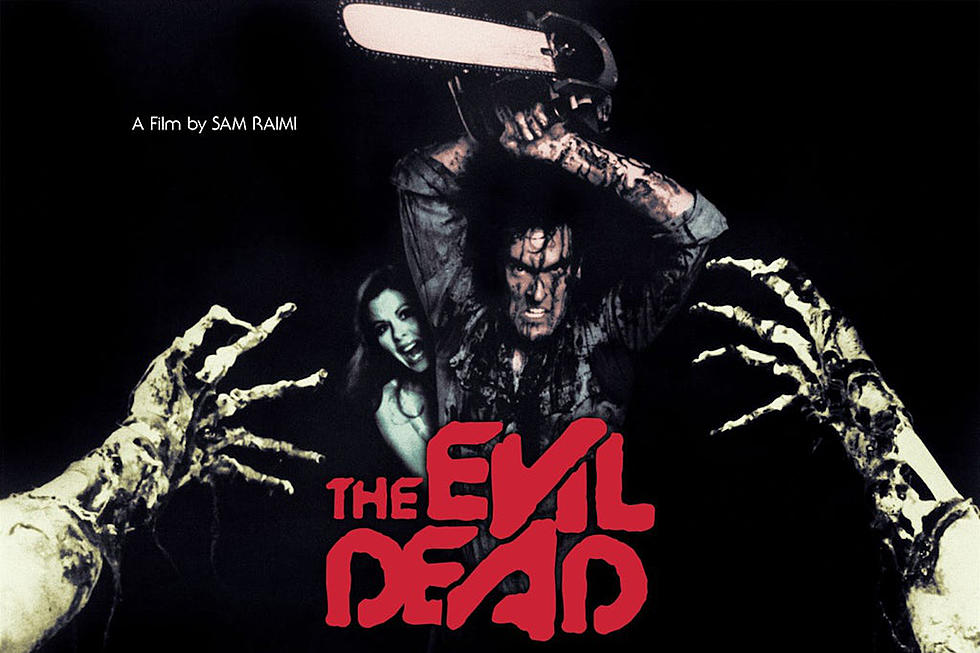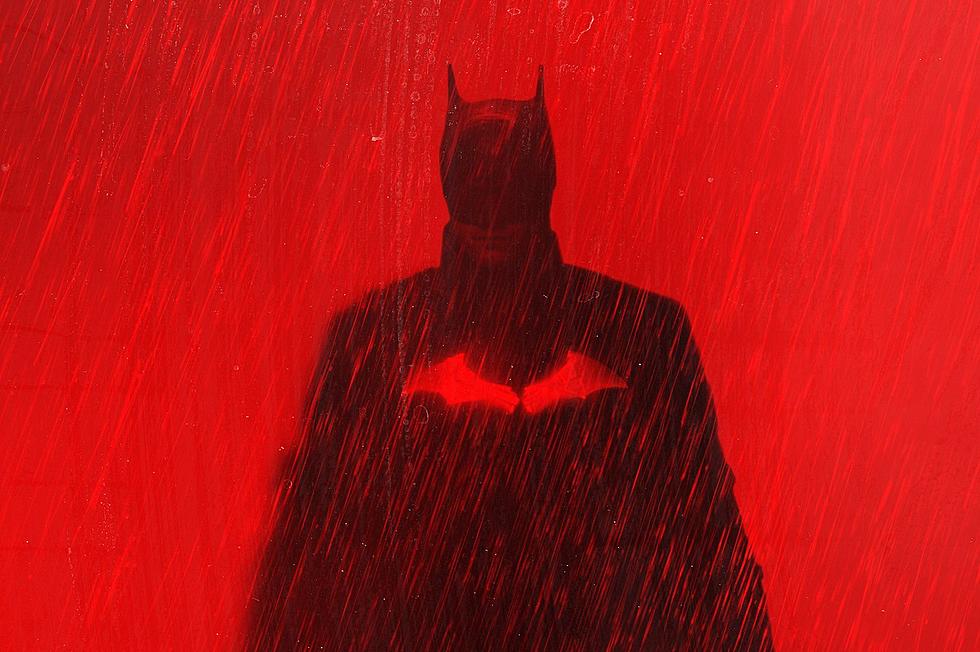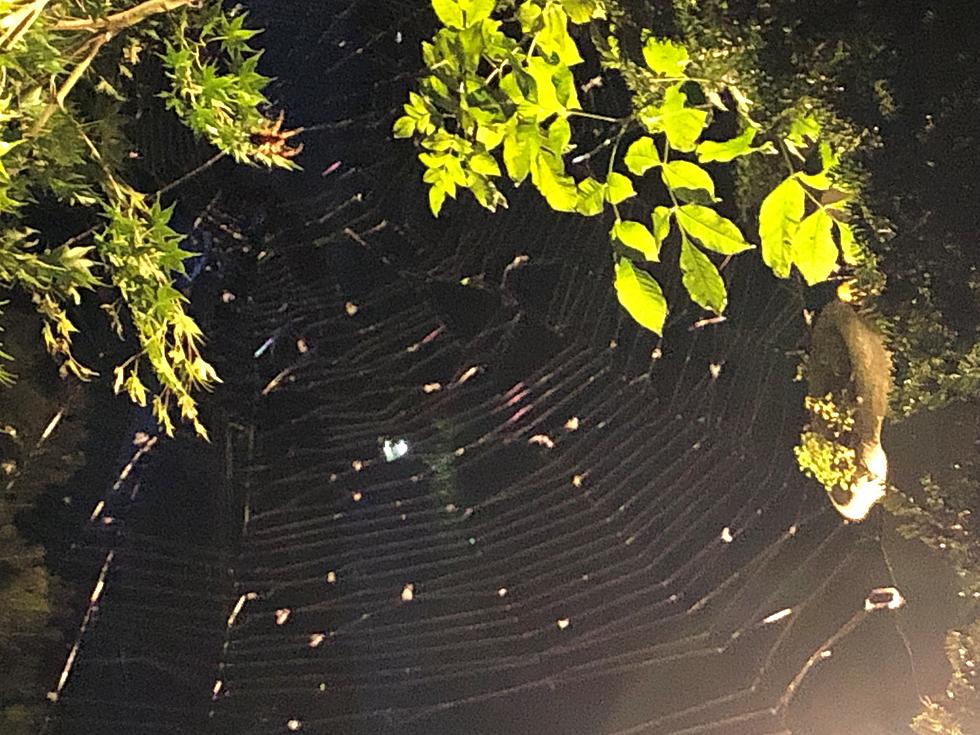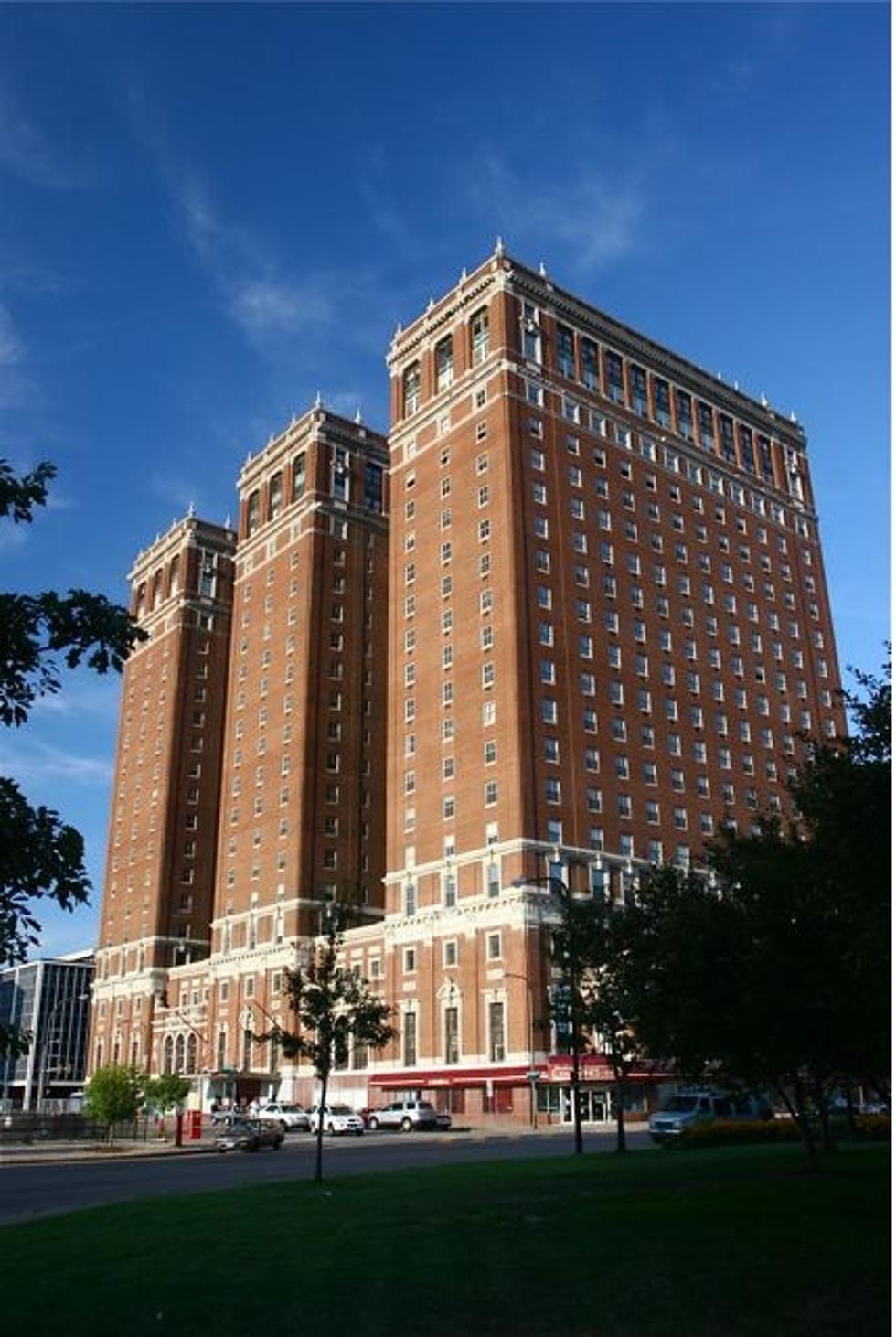
40 Years Ago: ‘The Evil Dead’ Launches Cabin in the Woods Horror
Released on Oct. 15, 1981, Sam Raimi’s The Evil Dead was a force to be reckoned with.
Movies like 1963’s The Haunting, 1968’s Night of the Living Dead and 1974’s The Texas Chain Saw Massacre had already grouped hapless protagonists in isolated locations to fend off evil beings; likewise, filmmakers such as Lucio Fulci, Mario Bava, and Herschell Gordon Lewis already pushed the boundaries of grisly kills and excessive gore in horror. But Raimi’s steadfast DIY approach – in conjunction with the film’s daring camerawork, special effects and atmospheric, demon-infested cabin setting – allowed The Evil Dead to rise above its equally cheap competitors.
Decades later this humble horror odyssey remains chillingly charming, birthing not only its own sprawling multimedia universe but also its own subgenre. What’s more, its underdog tenacity, resourceful techniques and enormous cult success paved the way for modern indie horror, motivating innumerable other hopeful directors to develop comparatively characteristic cinematic voices.
After getting his feet wet with amateurish comedies, director Raimi decided to shift gears and try something scary. So, he, executive producer Robert Tapert and executive producer and lead actor Bruce Campbell studied the genre as they prepared to create a “prototype” short film, Within the Woods, to “show investors what kind of film they’d be buying into” (as Raimi told John Gallagher in 1982). It worked, granting them a vastly bigger budget (around $375,000) with which to bring back Campbell, costar Ellen Sandweiss and makeup effects artist Tom Sullivan. (This tactic alone proved influential: The Evil Dead assistant editor Joel Cohen did something similar to get 1984’s Blood Simple off of the ground, as did David F. Sandberg for 2016’s Lights Out.)
Watch 'The Evil Dead' Trailer
Originally called Book of the Dead (in reference to H.P. Lovecraft’s Necronomicon), The Evil Dead expanded upon Within the Woods’ concept in every way. Centering on a few unlucky college students who succumb to demonic possession, its unnerving audio palette, nauseatingly effective carnage and imaginative direction was so visceral, confident and refreshing that Stephen King deemed it the "most ferociously original horror film of the year." Such a notable endorsement helped it get wider international distribution, including a simultaneous release in theaters and on VHS in the U.S. The suffering that Raimi and company withstood behind-the-scenes was suddenly paying off.
The Evil Dead was popular with critics and casual audiences at the time, earning an estimated 29.4 million worldwide while garnering praise from major outlets such as Fangoria, NME, the Los Angeles Times and Variety. Virtually everything about the movie – including its endearingly inexperienced acting – holds up as wildly useful, frightening and innovative. Primarily, Raimi’s idiosyncratic shooting methods are still ingeniously effective at capturing the perspective of the ever-persistent evil presence.
Likewise, Sullivan’s sickeningly awesome use of stop-motion animation, unsettling contact lenses and copious amounts of decaying bodies and blood (created by combining food coloring, corn syrup and coffee) rival the work done by any of his peers or proteges. Combine all of that with some truly terrifying sound design and you have an inventive genre classic that deserved to spawn several direct – and indirect – follow-ups and followers.
Watch Scenes From 'The Evil Dead'
And that’s precisely what it did, starting with 1987’s The Evil Dead II. Part sequel and part remake, it continued things narratively and structurally. That said, it also incorporated more elaborate set pieces while fully embracing the meta comedy and Three Stooges-style slapstick that the original hinted at. Five years later, Army of Darkness enacted Raimi’s original medieval plan for Evil Dead II while diving further into self-aware screwball antics. Campbell’s Ash Williams finally concluded his saga with the television show Ash vs. Evil Dead, which ran for three seasons between 2015-18.
Meanwhile, Fede Alvarez’s 2013 remake, Evil Dead, and 2022's Evil Dead Rise are tangentially related cinematic entries. Beyond that, the franchise has logically ventured into other forms of pop culture, including a host of multigenerational video games, dozens of comic books (in which Ash encounters Jason Voorhees, Freddy Krueger, Marvel superheroes and even Barack Obama) and an official musical.
The franchise left its mark on the wider spectrum of Hollywood as well. We wouldn’t have gems like Shaun of the Dead, Dead Alive, Cabin in the Woods, Killer Klowns From Outer Space, Cabin Fever and Tucker and Dale vs. Evil, to name a few, without it. Although the “final girl” slasher trope was barely established by the early '80s, the fact that The Evil Dead ends with a “final guy” (Ash) is also noteworthy, as it set the stage for a host of similar protagonists (ranging from Jesse in A Nightmare on Elm Street 2: Freddy’s Revenge and Charley in Fright Night to Alex in Final Destination and Cole in The Babysitter).
The Evil Dead has become even more beloved and significant since its release, engendering one of the biggest modern horror brands while influencing the creation and direction of countless other genre films. Even its most aged and amateurish elements play into its allure, just as its most frightening sights and sounds still provide – as the marketing famously professed – “the ultimate experience in grueling terror.” It’s been heavily emulated but never equaled, guaranteeing that it continues to swallow our souls for generations to come.
The Best Horror Movie From Every Year
More From 92.9 WBUF










